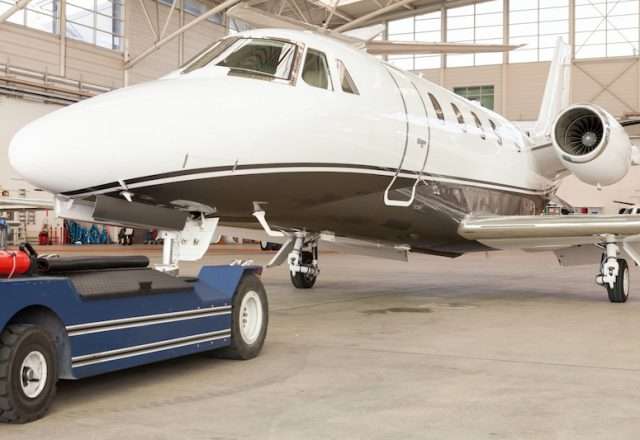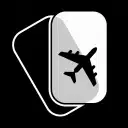How Do Airport Slot Restrictions Affect Private Charter Flights?
When booking charter flights, you’ll sometimes come across an airport that is referred to as slot-restricted. These airports tend to be some of the busiest in the world, and their infrastructure limits their ability to meet air traffic demand. As such, scheduled takeoffs and landings—known as slots—are strictly controlled to maximize efficiency. And while the slot system poses a significant challenge to commercial aviation, it can be even more difficult for people flying privately to access these airports. This is because the system is geared towards serving as many air travelers as possible. As a result, airlines are given preference for slot selection. Currently, there are more than 170 airports worldwide that utilize the slot system. They’re designated Level 3 airports (or coordinated airports) by the International Air Transportation Association’s (IATA) Worldwide Slot Guidelines. Further to that, the Federal Aviation Administration enforces its own High Density Rule (or slot rule) to manage congestion at busy airports in the US, which includes:
- John F. Kennedy International (FAA ID: KJFK) in New York City
- LaGuardia (KLGA) in New York City
- Ronald Reagan Washington National (KDCA) in Washington, D.C.
(Newark Liberty International in New Jersey was slot restricted until Oct. 30, 2016). 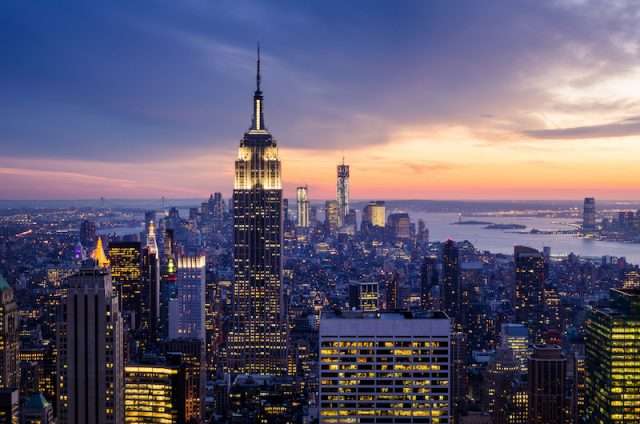
What Does this Mean for Private Charter Flights?
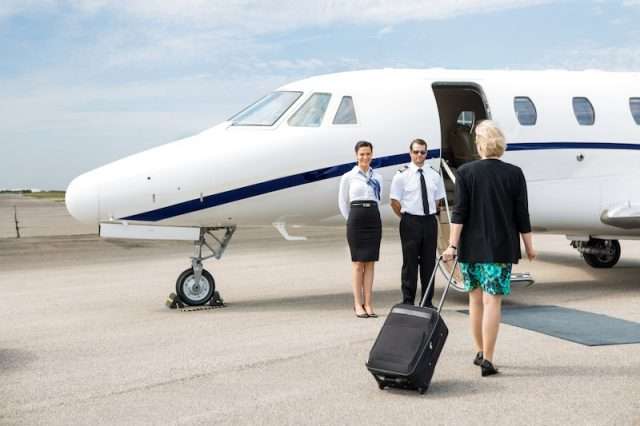
- Airlines are given slot preference
- Schedules are arranged far in advance
- There is little in the way of scheduling flexibility
It’s certainly possible, but you may need to book further in advance to secure your preferred slot. Additionally, slot-restricted airports often charge high-density landing fees, which raise the costs of charter flights.
A Broader Choice of Airports
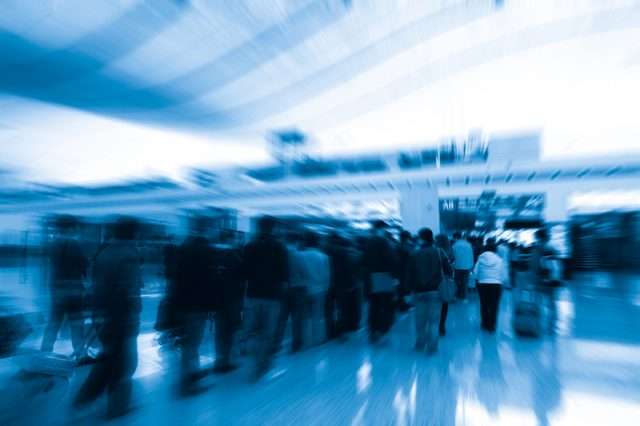
- The airport is much less chaotic
- It’s just 12 miles from midtown Manhattan
- Ground transfers to NYC are relatively quick
- You fly when you want
This applies to pretty much every slot-restricted airport: there’s always a better airport alternative when you fly privately. To find out which airport is the most suitable for your charter flight, talk to a Stratos Jets charter associate. We tailor itineraries for charter flights that align perfectly with your schedule—888.593.9066
Are you ready to book your New York and Bahamas charter flight yet?
Our friendly, expert air charter agents are here to answer questions or start your quote today. Don`t wait, call now and we'll get you on your way to your destination!
Call 888-593-9066